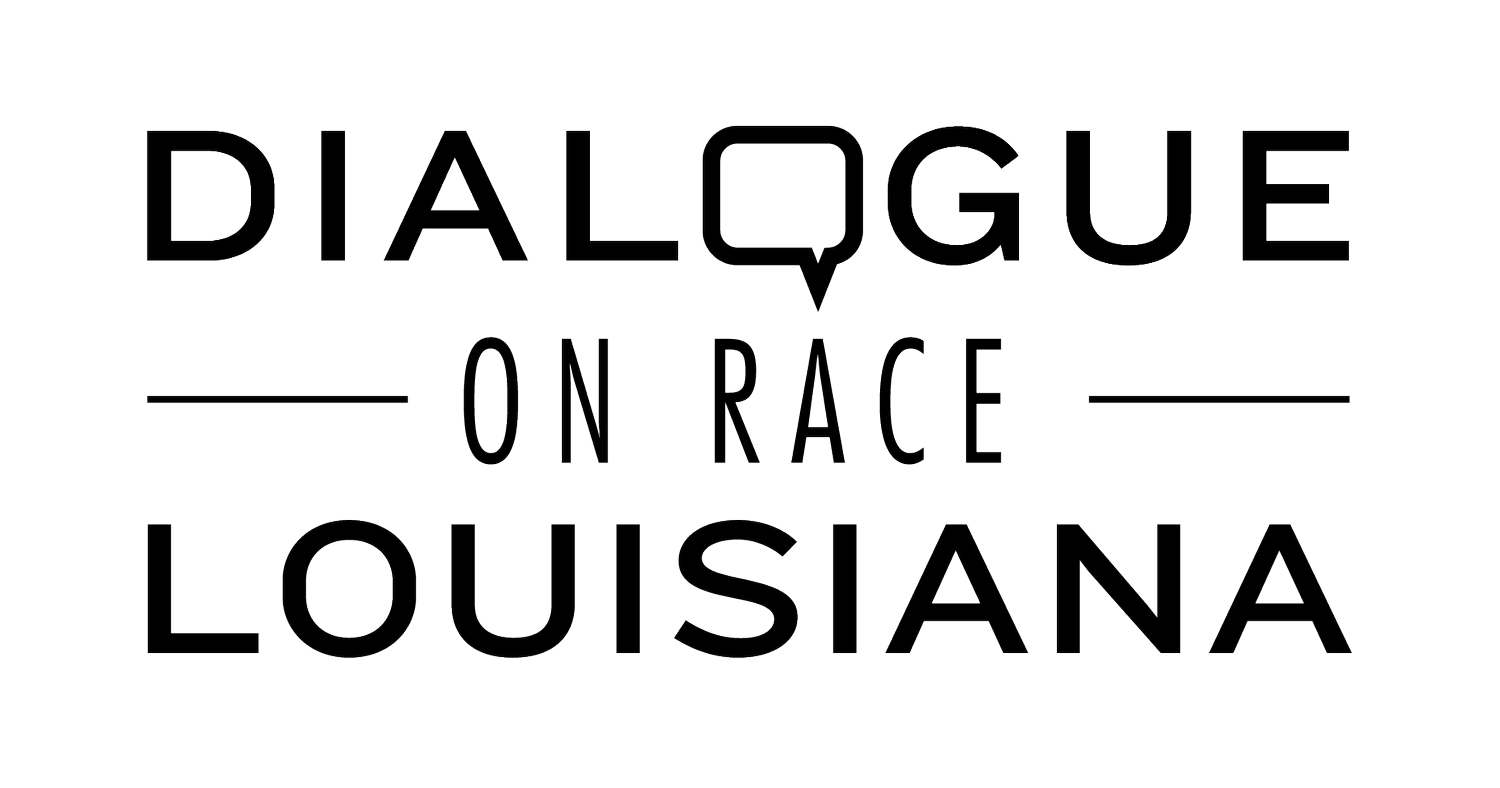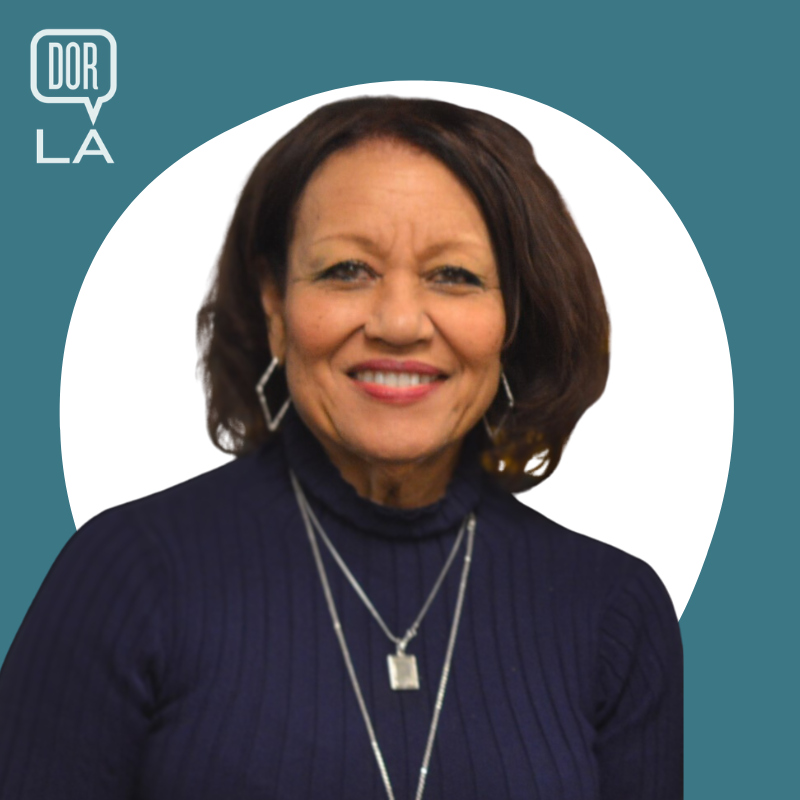What can today’s spectators and reactors learn from the Civil Rights Era?
A Message from Dialogue on Race President and CEO, Maxine Crump
How did we get here… sitting in front of screens as spectators and reacting in real-time? What do we hope that will do?
I grew up in the Jim Crow South, where racism waved like a banner, highly visible and accepted as normal. Signs were everywhere. They signaled who was in and who was out.
I was out, as was everyone whose birth certificate said “Colored” or “Negro.” But no one had to show a birth certificate to access American institutions; mostly, your skin color flagged you as one that was in or out.
Those who were out had long fought to be recognized as full American citizens. After World War II, the fight for full citizenship escalated as the United States began enjoying unprecedented economic prosperity. It became increasingly evident that access to jobs, housing, and other economic freedoms was increasingly becoming exclusive privileges of those who were white. Those known as Colored or Negro became increasingly dismayed at recognizing that government decisions, laws, and policies were behind these practices. Black citizens began organizing movements across the South: protests, boycotts, sit-ins, swim-ins, Freedom Rides, and marches for voting rights. These and other Civil Rights actions began spreading widely approximately two decades later.
Civil Rights leaders, including Martin Luther King, A. Phillip Randolph, and Bayard Rustin, led the plans to take their movements for jobs and freedom to Washington, D.C., in what became known as the March on Washington.
Those well-planned local movements across the South were successful. Yet they are not well known. This year marks 60 years since the passage of the Civil Rights Act, one year after the March on Washington. Many people thought then and still believe that the Civil Rights Act ended racism, despite the many episodes of racism that continue to be reported and those that go unreported. Full access to citizens’ rights has not become a reality.
The first Behind the March event was held in October 2023 and presented by Dialogue on Race Louisiana following the commemoration of the March On Washington. This event included an interview with Mr. Ronnie Moore, one of the leaders of the Voter Registration Drive in Plaquemine, Louisiana, in which he talked about how important the strategy meetings were to accomplish the mission of getting citizens of the Plaquemine community registered to vote.
Dialogue on Race Louisiana’s motto is “Talk Is Action.” The right kind of talk leads to beneficial change. As part of the change, Dialogue on Race Louisiana presents a series of conversations that led to the success of the March on Washington and the passage of the Civil Rights Act.
Ending racism that we continue to see needs more than spectators and reactors. What happened to individuals and groups actively engaging in the use of Civic Power?
The Dialogue on Race Series, Historical Through Line Presentation, Race in Conversation, and Behind the March events all offer insight, tools, and language for understanding and change.

